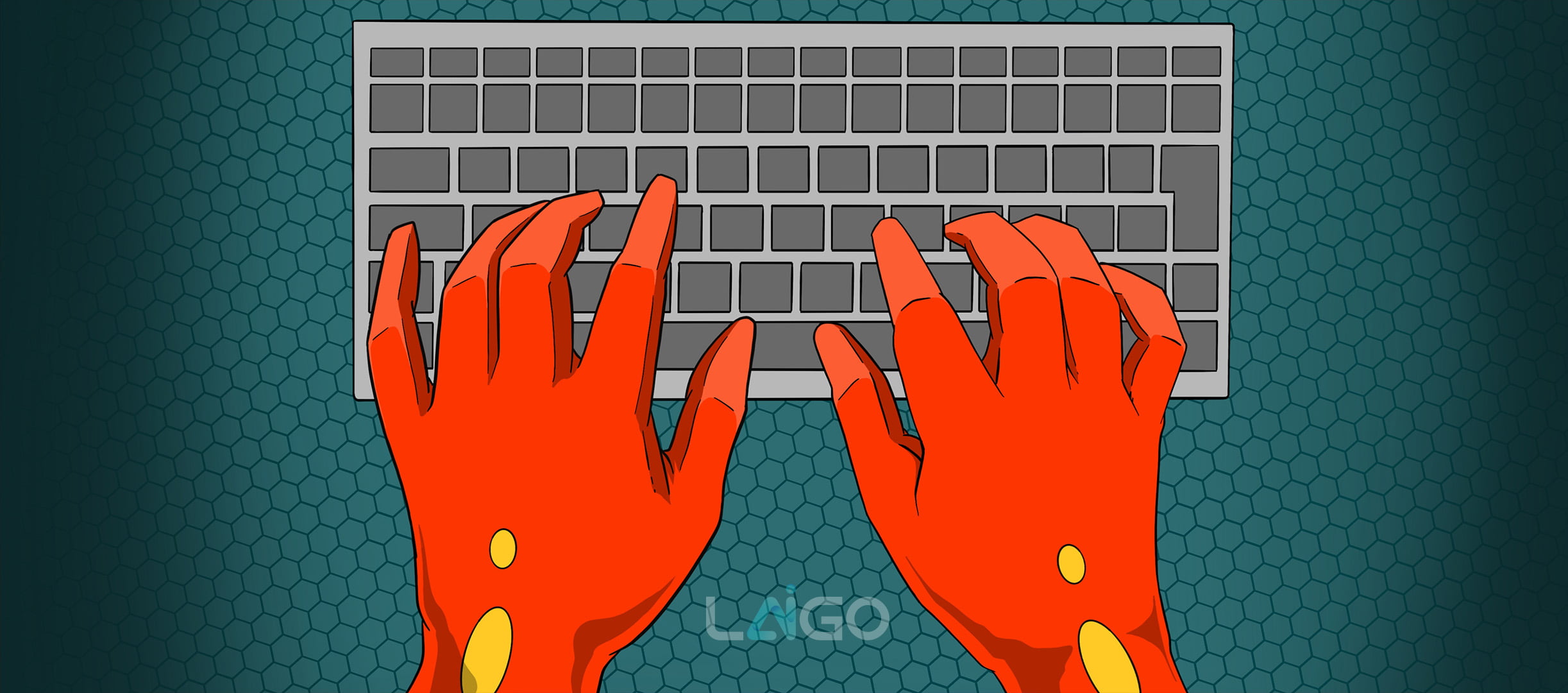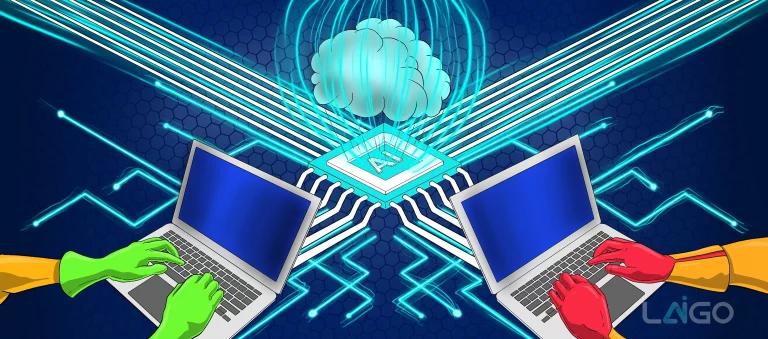In the beginning, the development and use of AI was essentially a matter for large companies. With the data, the data specialists, the computing power and the financial resources, they had a kind of monopoly position that allowed them to create AI models and bring solutions to application maturity. Now the spark is starting to fly: Smaller companies are seeing the benefits and potential applications in their businesses. A market is emerging for AI solutions that address the starting point of companies with fewer resources. Here are the most important developments:
Big data was previously considered the measure of all things for training an AI: the more data, the better the result. This was no problem for corporations; smaller companies were dealt a poor hand and were largely excluded from using AI solutions simply because of a lack of training data. But a lot does not always help a lot; it can also confuse and cause the essentials to be lost sight of. Currently, the wind is shifting, because it is now clear that you can get pretty far with less data. Small Data is the name of the trend, the antithesis of Big Data, so to speak. This means that companies that do not have Big Data are back in the game. But small data also means selecting data and using exactly the data that is suitable for solving a specific problem. In addition, Small Data is resource-friendly, because the power consumption for processing less data is lower.
Not every company is capable of developing an AI model for specific tasks on its own. However, mid-sized and smaller companies often face similar or comparable problems as the large companies.
In view of the growing importance of AI for small companies as well and increasingly professionalized and standardized development processes, large cloud providers are making platform solutions available along with the necessary tools such as algorithms. This enables companies to compile and visualize indicators for their task and perform analyses themselves. Furthermore, complete standardized applications are now also available that companies can also use entirely without AI expertise as “AI as a Servcie”, for example for the recognition of images and texts or documents. These applications, initially quite simple, are increasing in complexity and are thus becoming interesting for a wider range of companies.
Companies and organizations, from SMEs to government agencies, are drowning in paperwork: delivery bills, applications and certificates, orders, notices of termination, changes, and invoices must be promptly recorded, assigned, and the information from them made available for further processing, preferably digitally. Employees often perform this rather tedious and error-prone task manually. IDP (Intelligent Document Processing) uses a combination of OCR (Optical Character Recognition) and AI to help manage the mountain of paperwork almost flawlessly, allowing this process to be automated. In turn, digitization of records can serve as a foundation for further workflow automation. In view of the shortage of skilled workers, IDP is becoming increasingly important as an entry-level and basic technology and is also available to smaller companies as part of AI as a Service.
Conclusion
AI is being transformed from a tool developed by expensive specialists for specific problems in a financially strong large company into a broadly applicable – and affordable – tool even for smaller companies without strong AI expertise or the means to build it up. For them, AI services that can be used as a service bring entry points into automation and the basis for further automation.



